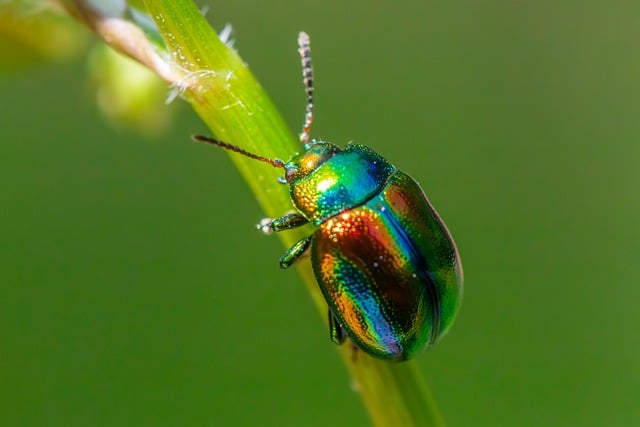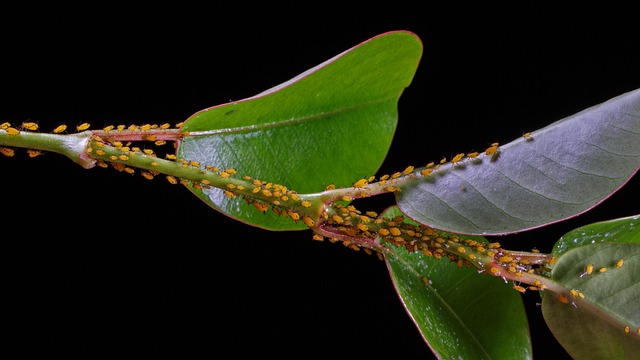Identify common Littleton spider species (American house and black widow) through color, webbing, and markings. Understand spider behavior by looking for webs, dead spiders, or egg sacs in dark, secluded spaces. Monitor activity, especially at night or morning, to detect an infestation. Organically control spiders through cleaning, sealing entry points, using natural repellents, and setting traps with organic bait.
Are you tired of finding spiders in your Littleton home? Learn how to recognize common spider species and understand their behavior to effectively manage infestations naturally. This guide provides organic pest control methods tailored for your home environment, ensuring a safe and spider-free space without harmful chemicals. Discover practical tips on identifying a spider infestation and take control of your living space using eco-friendly solutions.
- Recognize Common Spider Species in Your Home
- Understanding Their Behavior and Habitat Preferences
- Organic Pest Control Methods for Spiders
Recognize Common Spider Species in Your Home

Recognizing common spider species is the first step in understanding and addressing an infestation in your Littleton home. Spiders come in various shapes, sizes, and colors, each with unique characteristics. For instance, the American house spider, often found indoors, is identifiable by its light brown color with darker markings on its abdomen. Its webbing is messy and sticky, commonly found in corners and along baseboards.
Another familiar resident is the black widow, easily recognized by its glossy black body and distinctive red hourglass marking on the underside of its abdomen. These spiders prefer dark, secluded areas like crawl spaces or behind appliances. Identifying these species early can help you determine the extent of the infestation and choose the most effective organic pest control methods for your home.
Understanding Their Behavior and Habitat Preferences

Understanding the behavior and habitat preferences of spiders is crucial when it comes to identifying an infestation in your Littleton home. Spiders are arachnids that typically seek out dark, secluded spaces as their preferred habitats. They are drawn to areas where they can easily hunt for prey, such as corners, cracks, and crevices. In residential settings, you might find them in basements, attics, closets, or behind appliances. Recognizing these favorite hiding spots is the first step in identifying a spider infestation.
Pay close attention to any unusual webbing, especially in areas that are hard to reach. Spiders produce silk to construct their webs, and while not all species spin intricate patterns visible to the naked eye, noticeable webbing could indicate an active infestation. Additionally, keep an eye out for dead spiders or egg sacs, which can provide clues about the presence and extent of a spider population in your home.
Organic Pest Control Methods for Spiders

Identifying a spider infestation in your Littleton home is the first step towards effective organic pest control. Keep an eye out for telltale signs such as small, intricate webs, often found in corners and crevices, especially after dark or early morning. Spiders prefer secluded areas, so check behind appliances, inside cabinets, and under furniture. If you notice a sudden increase in spider activity or see them actively hunting, it’s likely an indication of a growing population.
To address the issue organically, start by maintaining a clean and clutter-free environment. Regularly vacuum floors and wipe down surfaces to remove webbing and dust, which can attract spiders. Seal entry points like cracks and gaps in walls or windows with caulk to prevent their entry. Additionally, consider using natural repellents like lavender, mint, or citrus oils, known for their spider-deterring properties. Setting up traps baited with organic, non-toxic substances can also help monitor and control the spider population effectively without resorting to harsh chemicals.
Identifying and addressing spider infestations early is key to maintaining a comfortable living space in your Littleton home. By understanding common spider species, their behaviors, and habitat preferences, you can effectively employ organic pest control methods as a safer, eco-friendly alternative. Remember, recognizing the signs of an infestation, such as visible spiders or webbing, is crucial for timely action. With proper knowledge and natural solutions, you can take control of your home’s environment while minimizing harmful chemicals.
